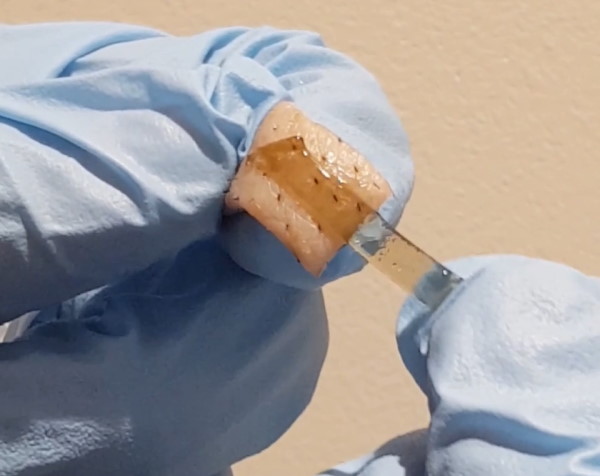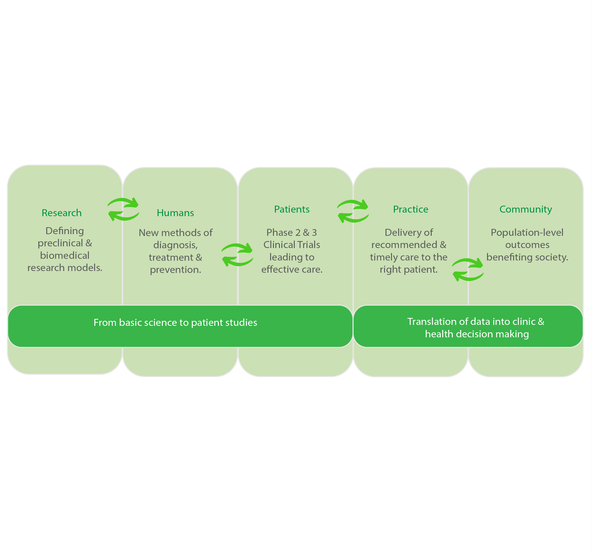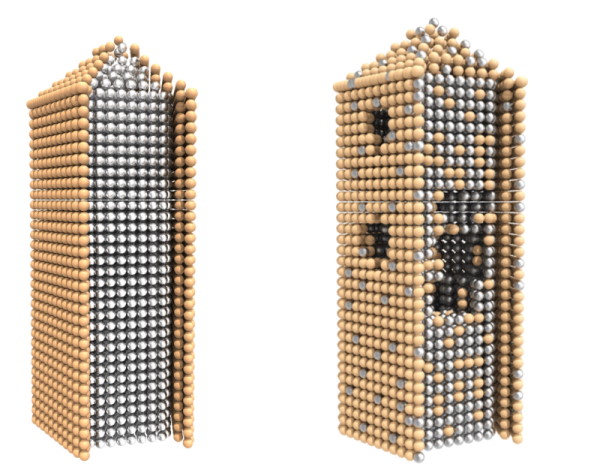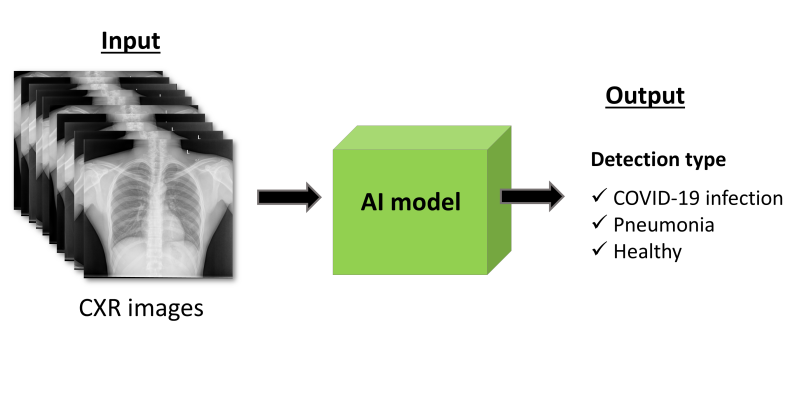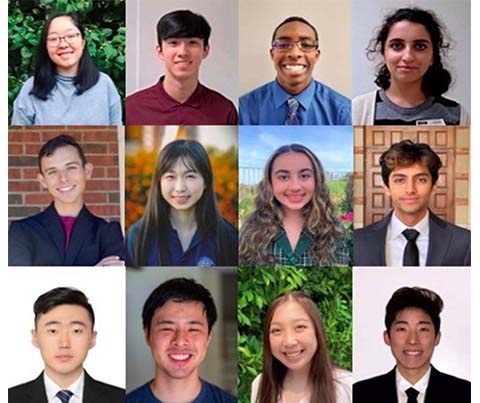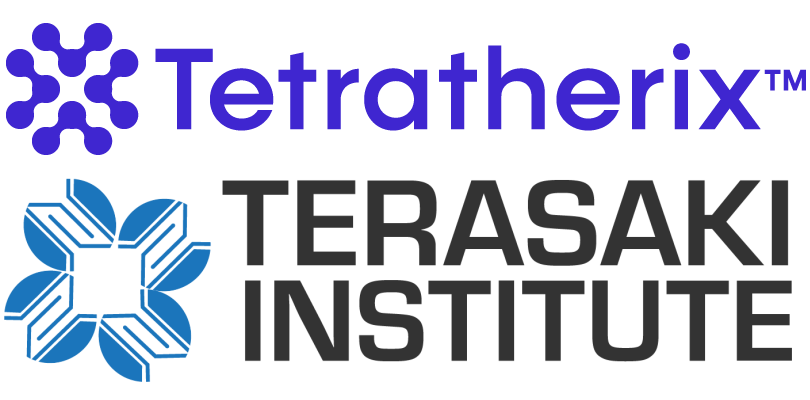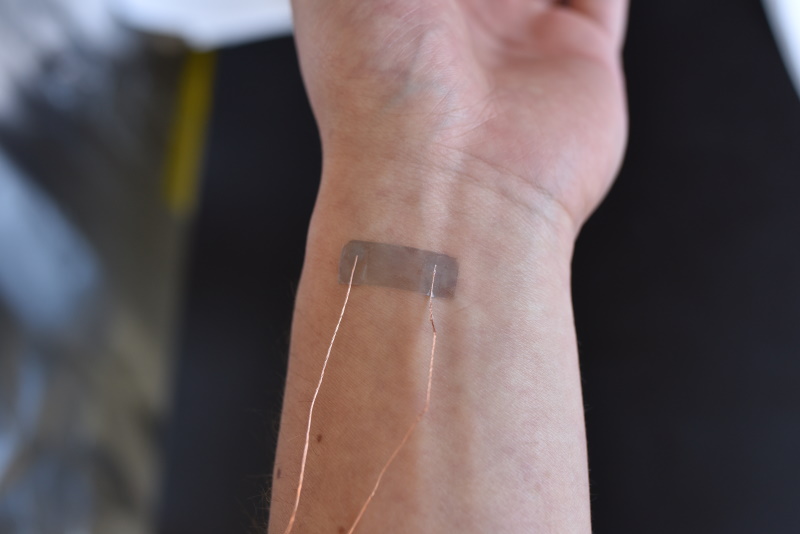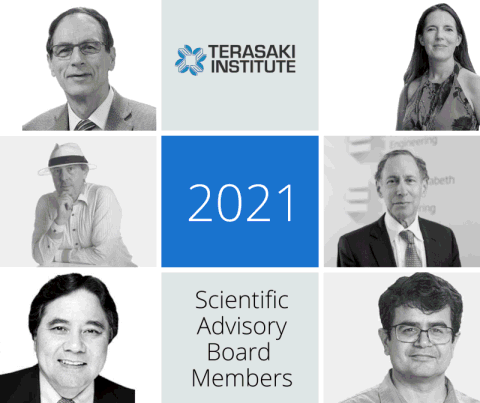August 30,2021
Scientists use the adhesive capabilities of mussels as a model for optimizing hydrogels’ mechanical properties
(LOS ANGELES)–Hydrogels are everywhere. They are water-loving polymers which can absorb and retain water and can be found in such everyday consumer products such as soft contact lenses, disposable diapers, certain foods, and even in agricultural applications. They are also extremely useful in several medical applications due to their high degree of biocompatibility and their ability to eventually degrade and be reabsorbed into the body.
